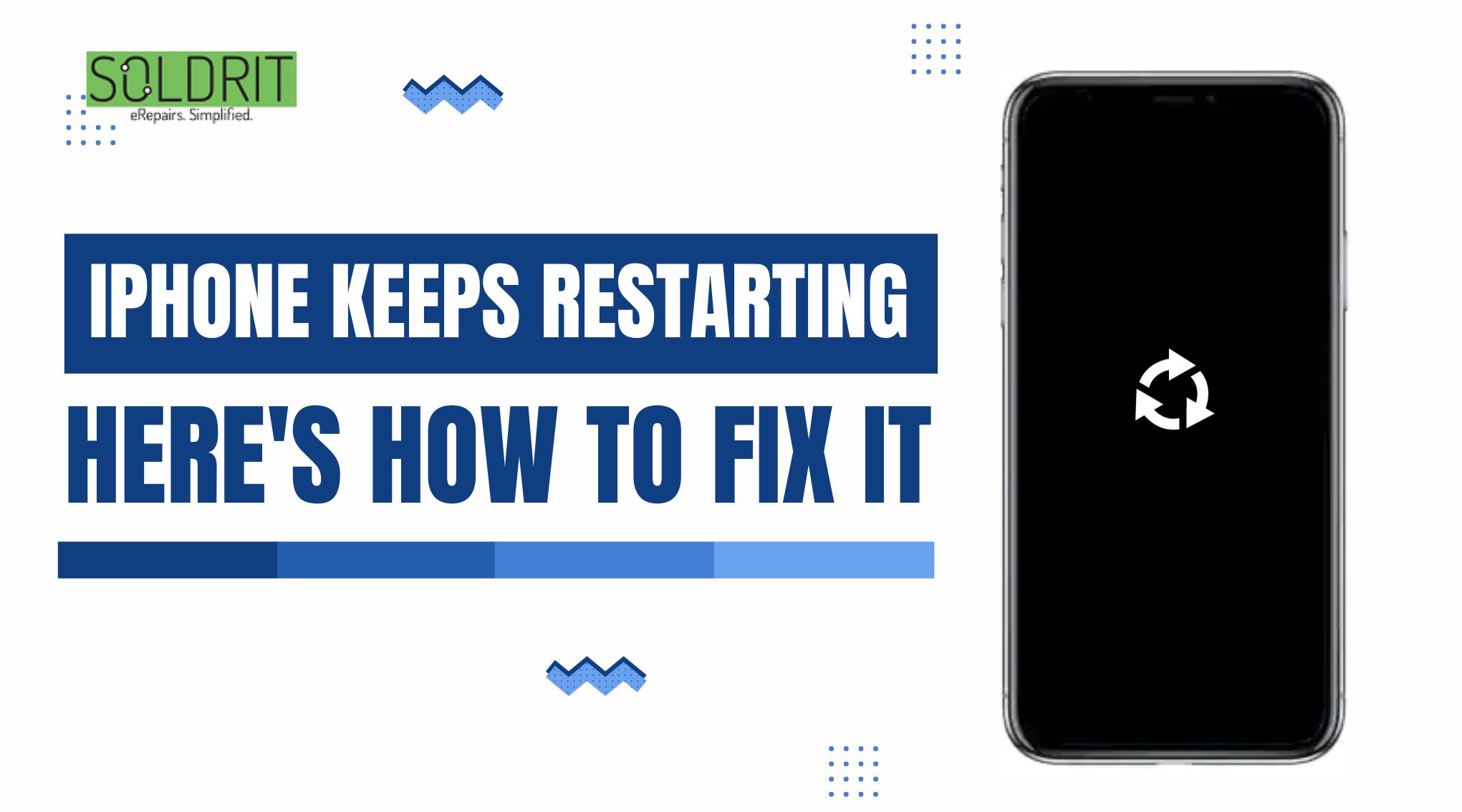

Unveiling Solutions: Mastering iPhone Troubleshooting Tips
Navigating iPhone issues can be a frustrating experience, but armed with the right troubleshooting tips, you can overcome common glitches and optimize your device’s performance.
1. Restart Your iPhone for a Fresh Start
When facing glitches, a simple restart can work wonders. Power off your iPhone, wait a few seconds, and then power it back on. This basic step helps clear temporary issues and is often the first line of defense against various problems.
2. Update iOS for Bug Fixes and Improvements
Keeping your iPhone’s operating system updated is crucial. Regularly check for iOS updates by going to Settings > General > Software Update. Updates not only introduce new features but also address bugs and security vulnerabilities, contributing to a smoother user experience.
3. Check Storage Space and Optimize Usage
Insufficient storage can lead to performance issues. Check your available storage in Settings > General > [Device] Storage. Remove unused apps, delete old photos and videos, and transfer media to iCloud or other storage solutions to free up space and optimize performance.
4. Tackle Connectivity Issues Head-On
If you encounter connectivity problems, whether with Wi-Fi or cellular data, try toggling the airplane mode on and off. Additionally, restart your router or modem if using Wi-Fi. For persistent issues, resetting network settings in Settings > General > Reset can often resolve connectivity woes.
5. Address Battery Drain Concerns
If your iPhone’s battery seems to drain quickly, investigate which apps are consuming the most power. Go to Settings > Battery to view app usage details. Consider disabling background app refresh for non-essential apps and lower screen brightness to conserve battery life.
6. Resolve App-Specific Problems
Apps occasionally misbehave. If you encounter issues with a specific app, start by closing and reopening it. If problems persist, uninstall and reinstall the app. Ensure the app is compatible with your iOS version, and check for updates in the App Store.
7. Handle Unresponsive Touchscreen with Care
An unresponsive touchscreen can be frustrating. Try cleaning the screen, as dirt or debris may hinder responsiveness. If the issue persists, perform a hard reset by holding down the power and home buttons simultaneously until the Apple logo appears.
8. Diagnose and Manage Overheating
Overheating can impact performance and battery life. Avoid exposing your iPhone to direct sunlight or extreme temperatures. If overheating occurs frequently, close background apps, update iOS, and consider removing any non-essential cases or accessories that may trap heat.
9. Troubleshoot Sound and Audio Problems
Issues with sound or audio playback can be multifaceted. Ensure the volume is turned up, check for mute settings, and verify that Bluetooth is disabled if not in use. If problems persist, restart your iPhone and consider checking headphone or speaker connections.
10. Seek Professional Assistance When Needed
If troubleshooting at-home solutions doesn’t resolve persistent issues, it’s time to seek professional help. Apple Support provides online resources, and scheduling a visit to the Apple Genius Bar can offer hands-on assistance. Remember to back up your data before seeking professional support.
Conclusion: Empowering iPhone Users with Troubleshooting Mastery
Mastering iPhone troubleshooting tips empowers users to navigate common issues with confidence. Whether it’s addressing connectivity problems, resolving app issues, or optimizing storage, these tips ensure your iPhone operates at its best. For a comprehensive guide on iPhone Troubleshooting Tips, explore iPhone Troubleshooting Tips and elevate your mastery of iPhone maintenance.








